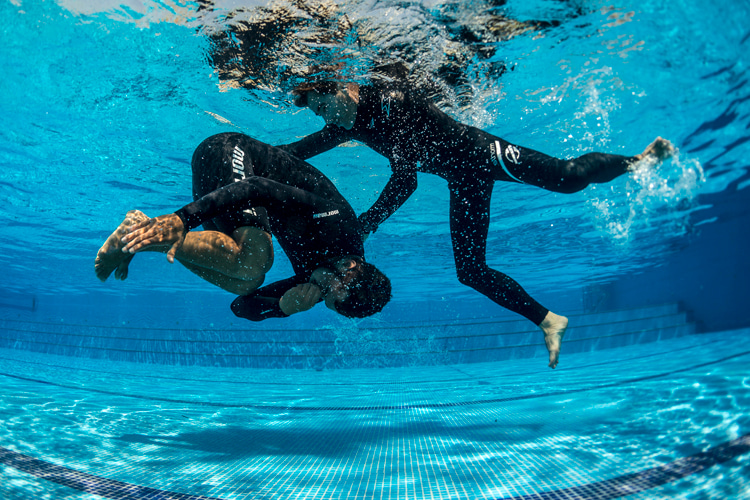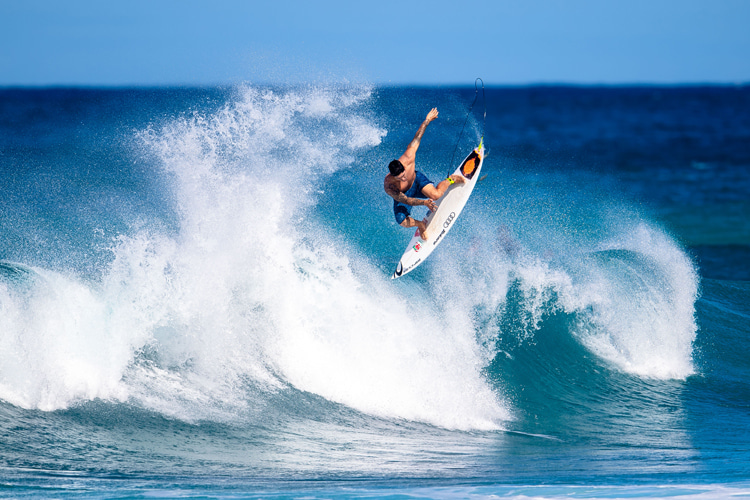Brazilian surfers are riding a wave of success. But why and how did that happen?
After decades in the wilderness and riding waves under the spotlight, Brazil is now a powerhouse in the surfing world with athletes like Lucas "Chumbo" Chianca and Mateus Herdy making a big name for themselves on the global stage.
The latest installment of the "But Why Tho" video series reveals the answers to a few common questions.
The video by filmmaker Andy Burgess details how Brazil, despite having more than 4,000 miles of coastline, initially struggled to get a foothold in the surfing scene during the 1960s, 70s, 80s, and 90s.
The Latin American nation did not have a world-class surf break and, historically, the economy was also extremely unstable with huge inflation rates.
When it finally stabilized in the 2000s, middle class grew to represent two-thirds of the country by 2012.
As a result, talented surfers finally had funds to travel to places like Hawaii, Tahiti, Portugal, California, Australia, where big waves could be found.
Burgess's video reveals how, when Brazilian surfers first dropped in on elite competitions, there was a culture clash as they were deemed loud and obnoxious with an aggressive reputation during their heats.

World Title Holders
Once they settled in and adapted to the anglophone-dominated competitive culture, though, they finally managed to break the American and Australian stranglehold on the men's scene thanks to Gabriel Medina's world title in 2014.
Adriano de Souza followed up with his maiden World Surf League (WSL) title in 2015, and then Medina secured a second crown in 2018, and Italo Ferreira took home the 2019 Championship Tour (CT) trophy.
They embraced their underdog reputation - to begin with on tour - then used Brazil's longtime success in football and Formula 1 to provide extra motivation.
But they also used their winning formula to generate speed and boost themselves on bad waves held in regional Brazilian events, which came in handy when they got on to the elite level.
Today, young stars like "Chumbo," Herdy, and Pedro "Scooby" Viana are excelling in the extreme surfing arena.
Chianca won the prestigious 2019 Nazaré Tow Surfing Challenge two years after compatriot Rodrigo Koxa broke the world record in Praia do Norte for the largest wave ever surfed at 80 foot.
"We didn't have the money the Americans and Australians had. Surfing here got way more serious when Gabriel came. It changed everything," notes Herdy.
